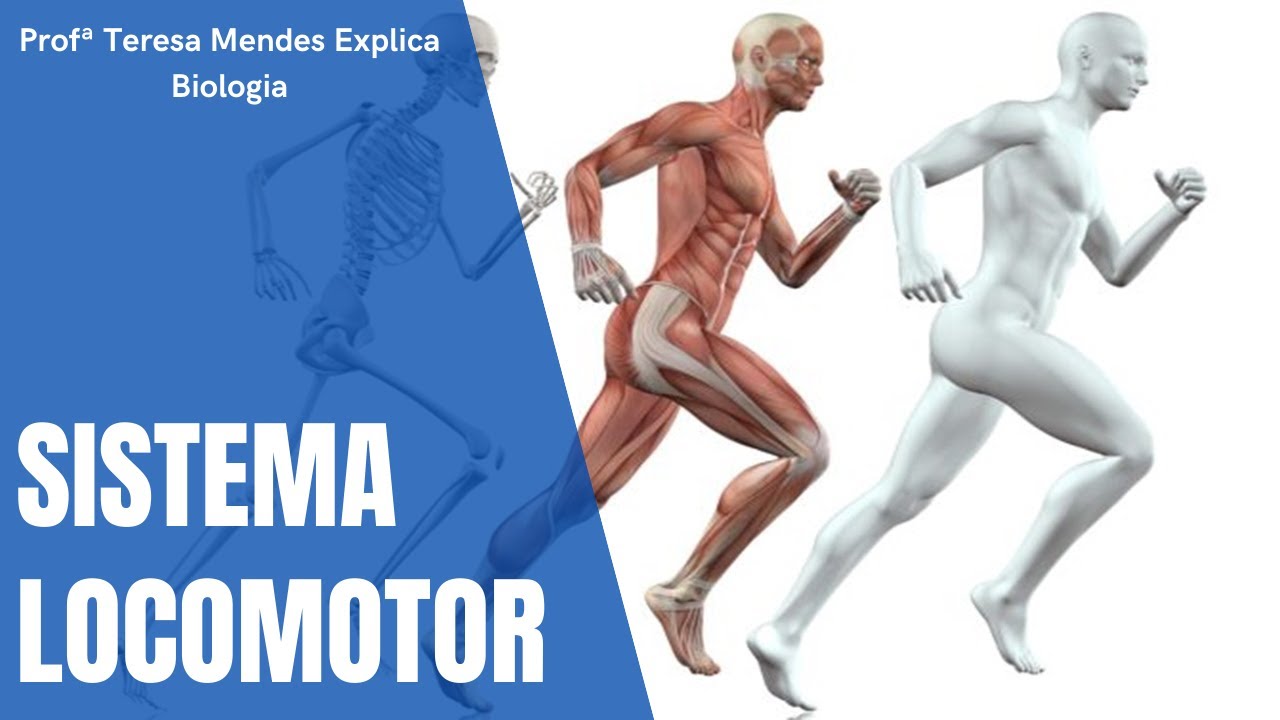The Muscular System Explained In 6 Minutes
Summary
TLDRThis video offers an introductory overview of the muscular system, highlighting its primary function of facilitating body movement. It covers the system's five main properties: excitability, contractability, extensibility, elasticity, and adaptability. The script explains five types of muscle movements: adduction, abduction, flexion, extension, and rotation. It distinguishes between three muscle types: involuntary cardiac and smooth muscles, and voluntary skeletal muscles. The video also touches on supportive structures like tendons and fascia, and the integral role of the nervous system in muscle function, concluding with a teaser for future videos on muscle groups and related health conditions.
Takeaways
- 💪 The muscular system comprises over 600 muscles, which facilitate body movement.
- 🧠 Muscles are controlled by the nervous system and have five major properties: excitability, contractability, extensibility, elasticity, and adaptability.
- 🚶♂️ There are five types of muscle movements: adduction, abduction, flexion, extension, and rotation.
- 🫀 The muscular system includes three types of muscles: cardiac, smooth (visceral), and skeletal.
- 🔄 Cardiac muscles are involuntary and are responsible for the heart's contractions to circulate blood.
- 🔄 Smooth muscles are also involuntary and are found in organs like the digestive and respiratory systems.
- 🏋️♂️ Skeletal muscles are voluntary and attach to the skeleton, allowing for body movement.
- 🤝 Supportive structures like tendons and fascia are crucial for the muscular system's function.
- 🧠 The nervous system is closely connected to the muscular system, particularly for voluntary movement control.
- 🚫 Without nervous system communication, skeletal muscles cannot move, leading to paralysis.
- 💡 The only organ not directly dependent on the nervous system is the heart muscle.
Q & A
What is the primary purpose of the muscular system?
-The primary purpose of the muscular system is to provide movement for the body.
How many major properties does the muscular system have?
-The muscular system has five major properties: excitability, contractability, extensibility, elasticity, and adaptability.
What is the difference between voluntary and involuntary muscles?
-Voluntary muscles, such as skeletal muscles, are under conscious control and can be deliberately moved. Involuntary muscles, like cardiac and smooth muscles, operate without conscious control and are found in organs and the heart.
What are the five types of muscle movements mentioned in the script?
-The five types of muscle movements are adduction, abduction, flexion, extension, and rotation.
How does the muscular system adapt to usage?
-The muscular system is adaptable, meaning it can enlarge or undergo hypertrophy with increased work, but it can also atrophy or waste away if deprived of work.
What is the role of the nervous system in relation to the muscular system?
-The nervous system is intrinsically connected to the muscular system and is essential for voluntary movement of skeletal muscles. Without communication from the nervous system, skeletal muscles cannot produce movement.
What are tendons and how do they relate to muscles?
-Tendons are connective tissues that attach muscles to bones, playing a crucial role in the muscular system by facilitating movement.
What is the function of fascia in the muscular system?
-Fascia connects muscles to other muscles and provides support, aiding in the overall function and structure of the muscular system.
Why is the cardiac muscle considered an involuntary muscle?
-The cardiac muscle is considered involuntary because it contracts automatically to circulate blood without conscious control.
What happens if the communication from the nervous system to skeletal muscles is severed?
-If the communication from the nervous system to skeletal muscles is severed, the body enters a state of paralysis, known as quadriplegia.
What is the significance of the supportive structures like tendons and fascia in the muscular system?
-Supportive structures like tendons and fascia are necessary for the muscular system to function properly, as they work in conjunction with muscles to create the necessary framework for movement.
Outlines

This section is available to paid users only. Please upgrade to access this part.
Upgrade NowMindmap

This section is available to paid users only. Please upgrade to access this part.
Upgrade NowKeywords

This section is available to paid users only. Please upgrade to access this part.
Upgrade NowHighlights

This section is available to paid users only. Please upgrade to access this part.
Upgrade NowTranscripts

This section is available to paid users only. Please upgrade to access this part.
Upgrade Now5.0 / 5 (0 votes)





